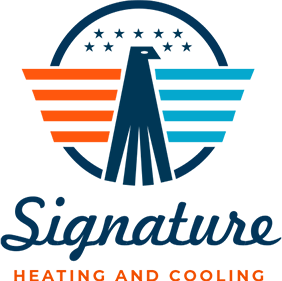A high-efficiency particulate air (HEPA) filter is a type of air filter that meets specific standards for the ability to remove particles from the air. True HEPA filters must remove a minimum of 99.97% of particles that are 0.3 microns in diameter. In the United States, the Department of Energy (DOE) defines whether or not a filter meets HEPA standards. These filters are present in various types of air purification systems and can improve your indoor air quality.
More information about how HEPA filters work:
Parts of a HEPA Filter
A HEPA filter has three basic parts: the frame, filter medium, and aluminum separators. The frame surrounds the filter and holds it together. The filter medium is the part that actually filters particles from the air. This is a collection of fibers that are randomly arranged to create a sheet. These are usually made of fiberglass. The filter sheet runs continuously through the filter by layering it over aluminum separators. As a result, there is a greater surface area of fiber that air comes into contact with when it enters the filter.
How Filtration Works
Although many people think that filters work by creating spaces that are too small for particles to pass through, this is not actually the case. Instead, the filters trap particles using three different mechanisms.
These are:
Diffusion
Diffusion is when a small particle, usually under 0.1 micron in diameter, collides with a gas molecule while moving through the filter. This slows it down and increases the probability that one of the other two mechanisms will trap it. When air flow is low, diffusion has a larger impact on the amount of particles the filter traps.
Interception
When a particle comes close enough (varies per system) to a filter fiber, it adheres to it. The particle does not touch the fiber itself at first. This is known as interception and is more common for smaller particles.
Impaction
Whereas interception does not involve direct contact between particles and filter fibers, impaction is when an airborne particle hits a fiber and becomes embedded within it. Larger particles are more likely to be trapped with this mechanism.
Combining HEPA Filters with Other Methods
While HEPA filters are very effective for removing airborne particles, there are some other air quality issues that you may notice in your home. Combining these air filters with other methods can be helpful. Some models of Lennox air purifiers, such as the PureAir, already include additional features besides HEPA filtration. You can also add these separately.
Carbon Filtration
HEPA filters do not remove unpleasant odors from your home’s air. This is where carbon filters come in. They break down the chemicals that cause bad smells and can help your home smell fresher.
Germicidal UV Light
Lennox offers germicidal ultraviolet (UV) lights. These kill germs by destroying their DNA. When combined with filters that trap germs in your air, a UV light can help keep your family healthier.
Controlling Humidity
Humidity imbalances can be uncomfortable and may negatively impact your health. Lennox offers a variety of humidity control options.
Filters That Work With Your Heating and Cooling
While you can use a standalone HEPA filter, adding a filter that works with your home’s heating, ventilation, and air conditioning (HVAC) system is more effective. Signature Heating and Cooling offers a variety of air quality solutions and we are proud to be an authorized Lennox dealer.

